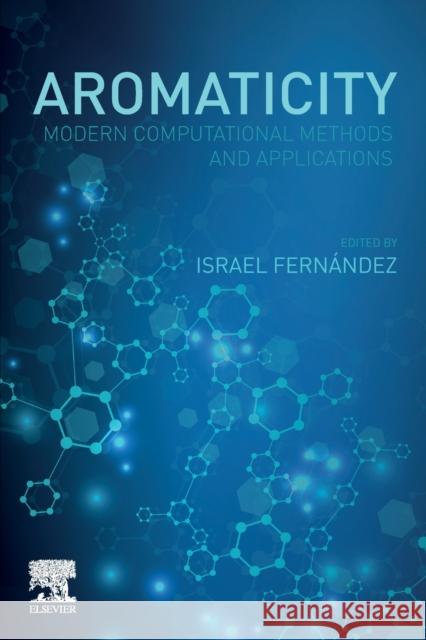Aromaticity: Modern Computational Methods and Applications » książka
topmenu
Aromaticity: Modern Computational Methods and Applications
ISBN-13: 9780128227237 / Angielski / Miękka / 2021 / 516 str.
Kategorie:
Kategorie BISAC:
Wydawca:
Elsevier
Język:
Angielski
ISBN-13:
9780128227237
Rok wydania:
2021
Ilość stron:
516
Waga:
0.68 kg
Wymiary:
22.86 x 15.24 x 2.64
Oprawa:
Miękka
Wolumenów:
01
Dodatkowe informacje:
Bibliografia











